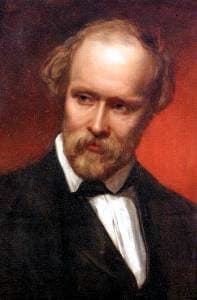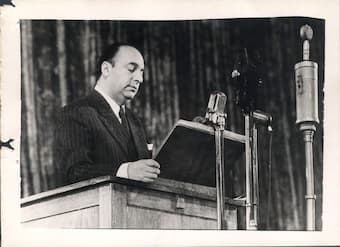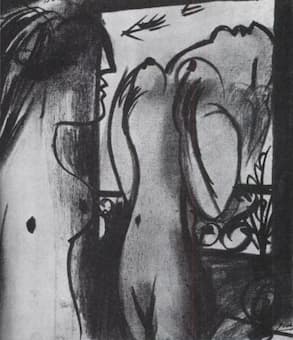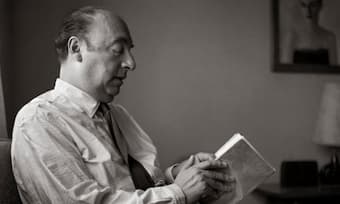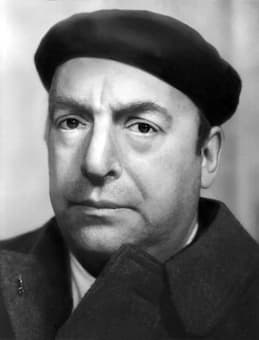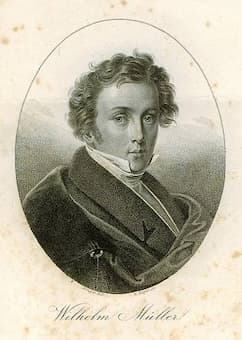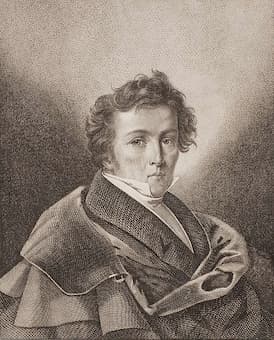The poet and dramatist Friedrich Hebbel (1813-1863) grew up in abject poverty and struggled with severe health issues throughout his life. From personal experience and meticulous observations he concluded that life is “a struggle between the individual and the universe.”
Poetry
Pablo Neruda famously quipped, “Love is so short, forgetting is so long.” In his “Saddest Poem” he laments the loss of a lover who has moved away from him. The strong connection of the poem to the stars and sky
Pablo Neruda published his “Twenty Love Poems and a Song of Despair” in 1924. “Daringly metaphorical and sensuous, this collection juxtaposes youthful passion with the desolation of grief.” It is drawn from the poet’s most intimate and personal associations, and
The Chilean poet and politician Pablo Neruda (1904-1973) wrote four volumes of odes to ordinary objects. Among them are odes to salt, a chair, a table, socks, and soap, among others. “I have a crazy, crazy love of things,” he
Pablo Neruda (1904-1973) is one of the most influential and widely read 20th-century poets of the Americas. He received the Nobel Prize for Literature in 1971, and he is widely regarded “as the greatest poet writing in the Spanish language
Wilhelm Müller’s poetic imagination is rooted in a strong sense of proportion, in what has been termed his “architectural sense.” However, none of his poems can be forced into the mold of a rigid system. “Everything develops organically between such
On 15 December 1822, Wilhelm Müller wrote a letter to the composer Bernhard Klein. Klein had set a number of poems from “Die schöne Müllerin,” and Müller thanked him for “the musical animation of my verses.” Müller writes, “My songs
The poet Wilhelm Müller (1794-1827) was famous in his lifetime for his verses in support of Greek struggle for emancipation from the Turks. Today, we mainly remember him for the highly popular song-cycles “Die schöne Müllerin,” and “Die Winterreise,” poems

